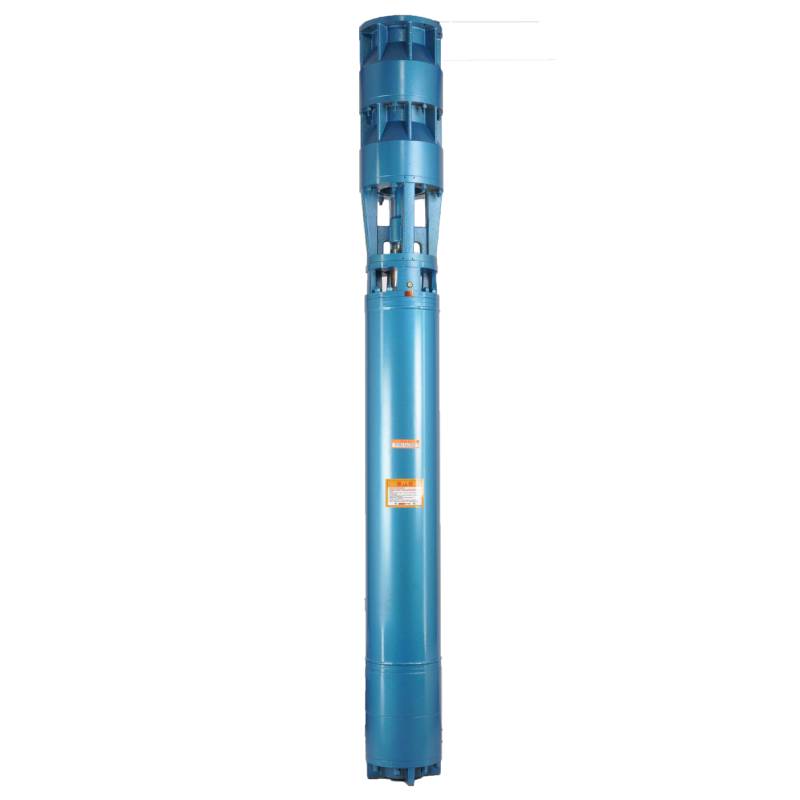Sep . 28, 2024 21:39 Back to list
Compact 4-Inch Deep Well Pump for Efficient Water Extraction and Irrigation Solutions
Understanding 4-Inch Deep Well Pumps
Deep well pumps are essential devices used to extract groundwater from deep aquifers. Among the various sizes and models available, the 4-inch deep well pump is particularly popular due to its efficiency and versatility. This article explores the features, working principles, applications, and benefits of 4-inch deep well pumps.
Features of 4-Inch Deep Well Pumps
4-inch deep well pumps are designed to fit into wells that have a diameter of four inches or more. These pumps are typically submersible, meaning they are installed below the water surface in the well. They consist of several key components, including a motor, pump impeller, diffuser, and discharge head. The motor drives the impeller, which creates a centrifugal force that lifts water from the well.
One of the significant advantages of 4-inch deep well pumps is their compact size, which makes them suitable for a range of applications. They often come in different horsepower ratings, allowing users to choose a model that meets their specific needs. Additionally, many contemporary models are designed to be energy-efficient, which can lead to reduced operating costs over time.
Working Principles
The operation of a 4-inch deep well pump is relatively straightforward. Once installed, the pump's motor is activated, and the impeller begins to rotate. As the impeller spins, it generates suction at the inlet of the pump, drawing water from the well into the pump. The water then moves through the diffuser, where its velocity is converted into pressure, allowing it to flow upwards through the discharge head and into the delivery pipe.
It’s important to note that the depth of the well and the water level can affect the performance of the pump. Therefore, when selecting a pump, it is crucial to consider the total dynamic head (TDH) or the height that the pump must deliver water, which includes both vertical lift and any friction losses in the piping system.
Applications
4 inch deep well pump

4-inch deep well pumps have a wide range of applications. They are commonly used in agricultural settings for irrigation purposes, where reliable and continuous water supply is crucial for crop growth. In residential areas, these pumps are used to provide water for households, especially in rural regions where municipal water supply systems may not be available.
Additionally, they are employed in commercial and industrial applications, such as supplying water for cooling systems, industrial processes, and mining operations. In some cases, they are also utilized for dewatering applications in construction sites or for draining flooded areas.
Benefits of 4-Inch Deep Well Pumps
The benefits of using 4-inch deep well pumps are numerous. First and foremost, they provide reliable access to groundwater, which can be vital for both agricultural and residential uses. Their submersible design helps to prevent issues like cavitation, which can affect the longevity and efficiency of surface pumps.
Moreover, the efficiency of 4-inch deep well pumps translates to lower energy consumption, making them a cost-effective option in the long run. They are typically constructed from durable materials, allowing them to withstand harsh conditions and ensuring a long service life.
Lastly, installing a 4-inch deep well pump can significantly enhance water management practices. With proper installation and maintenance, these pumps can provide a consistent and dependable source of water, contributing to sustainable water resource management.
Conclusion
In conclusion, 4-inch deep well pumps are an excellent choice for anyone in need of a reliable and efficient water extraction system. With their compact size, efficient operation, and versatile applications, they are well-suited for both residential and agricultural uses. When considering the installation of a deep well pump, it is essential to assess your specific needs and consult with professionals to ensure you choose the right model for your situation. Investing in a quality 4-inch deep well pump can lead to significant benefits in water supply efficiency, sustainability, and cost savings over time.
-
Submersible Water Pump: The Efficient 'Power Pioneer' of the Underwater World
NewsJul.01,2025
-
Submersible Pond Pump: The Hidden Guardian of Water Landscape Ecology
NewsJul.01,2025
-
Stainless Well Pump: A Reliable and Durable Pumping Main Force
NewsJul.01,2025
-
Stainless Steel Submersible Pump: An Efficient and Versatile Tool for Underwater Operations
NewsJul.01,2025
-
Deep Well Submersible Pump: An Efficient 'Sucker' of Groundwater Sources
NewsJul.01,2025
-
Deep Water Well Pump: An Efficient 'Sucker' of Groundwater Sources
NewsJul.01,2025
-
 Submersible Water Pump: The Efficient 'Power Pioneer' of the Underwater WorldIn the field of hydraulic equipment, the Submersible Water Pump has become the core equipment for underwater operations and water resource transportation due to its unique design and excellent performance.Detail
Submersible Water Pump: The Efficient 'Power Pioneer' of the Underwater WorldIn the field of hydraulic equipment, the Submersible Water Pump has become the core equipment for underwater operations and water resource transportation due to its unique design and excellent performance.Detail -
 Submersible Pond Pump: The Hidden Guardian of Water Landscape EcologyIn courtyard landscapes, ecological ponds, and even small-scale water conservancy projects, there is a silent yet indispensable equipment - the Submersible Pond Pump.Detail
Submersible Pond Pump: The Hidden Guardian of Water Landscape EcologyIn courtyard landscapes, ecological ponds, and even small-scale water conservancy projects, there is a silent yet indispensable equipment - the Submersible Pond Pump.Detail -
 Stainless Well Pump: A Reliable and Durable Pumping Main ForceIn the field of water resource transportation, Stainless Well Pump has become the core equipment for various pumping scenarios with its excellent performance and reliable quality.Detail
Stainless Well Pump: A Reliable and Durable Pumping Main ForceIn the field of water resource transportation, Stainless Well Pump has become the core equipment for various pumping scenarios with its excellent performance and reliable quality.Detail
